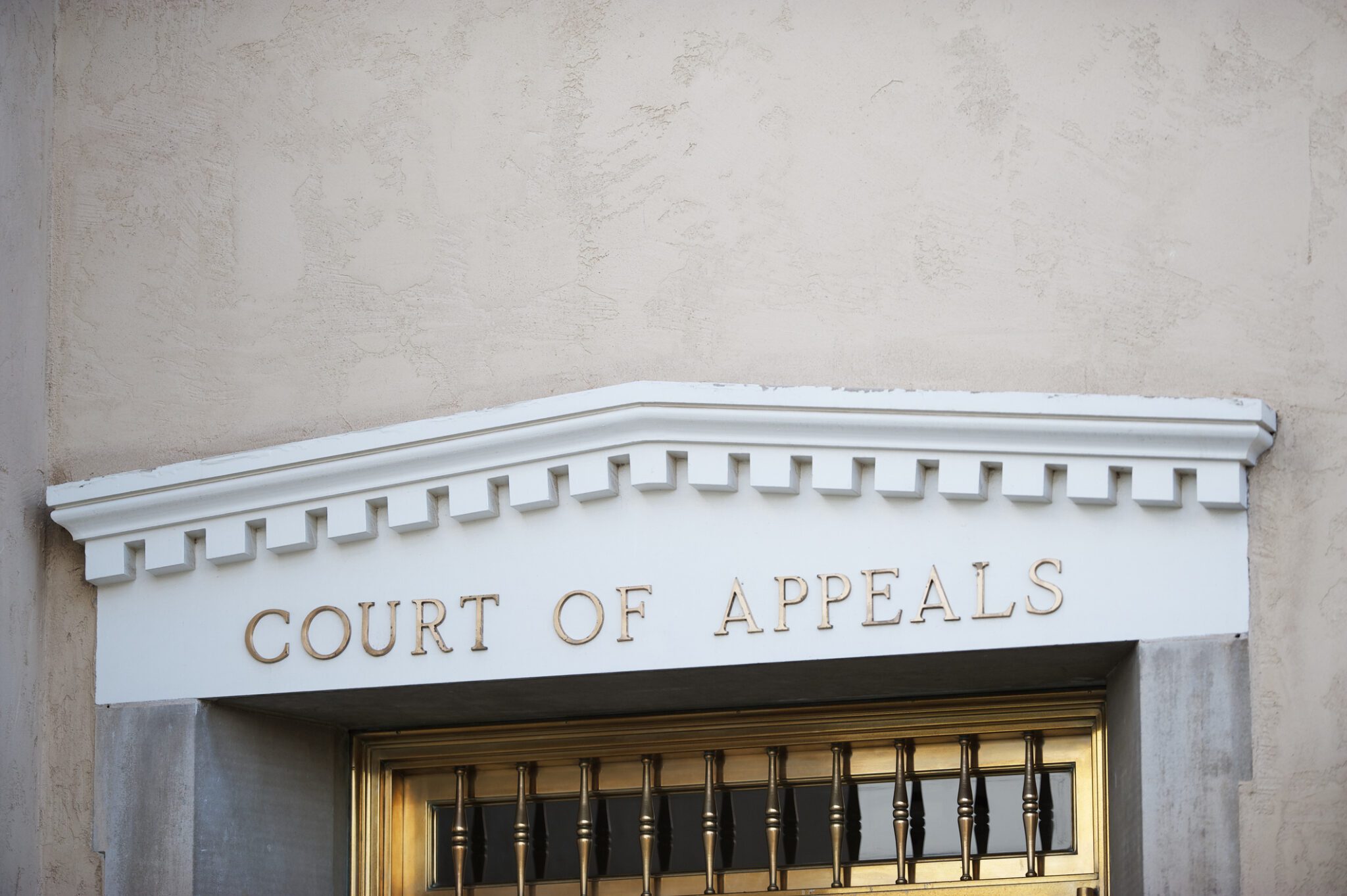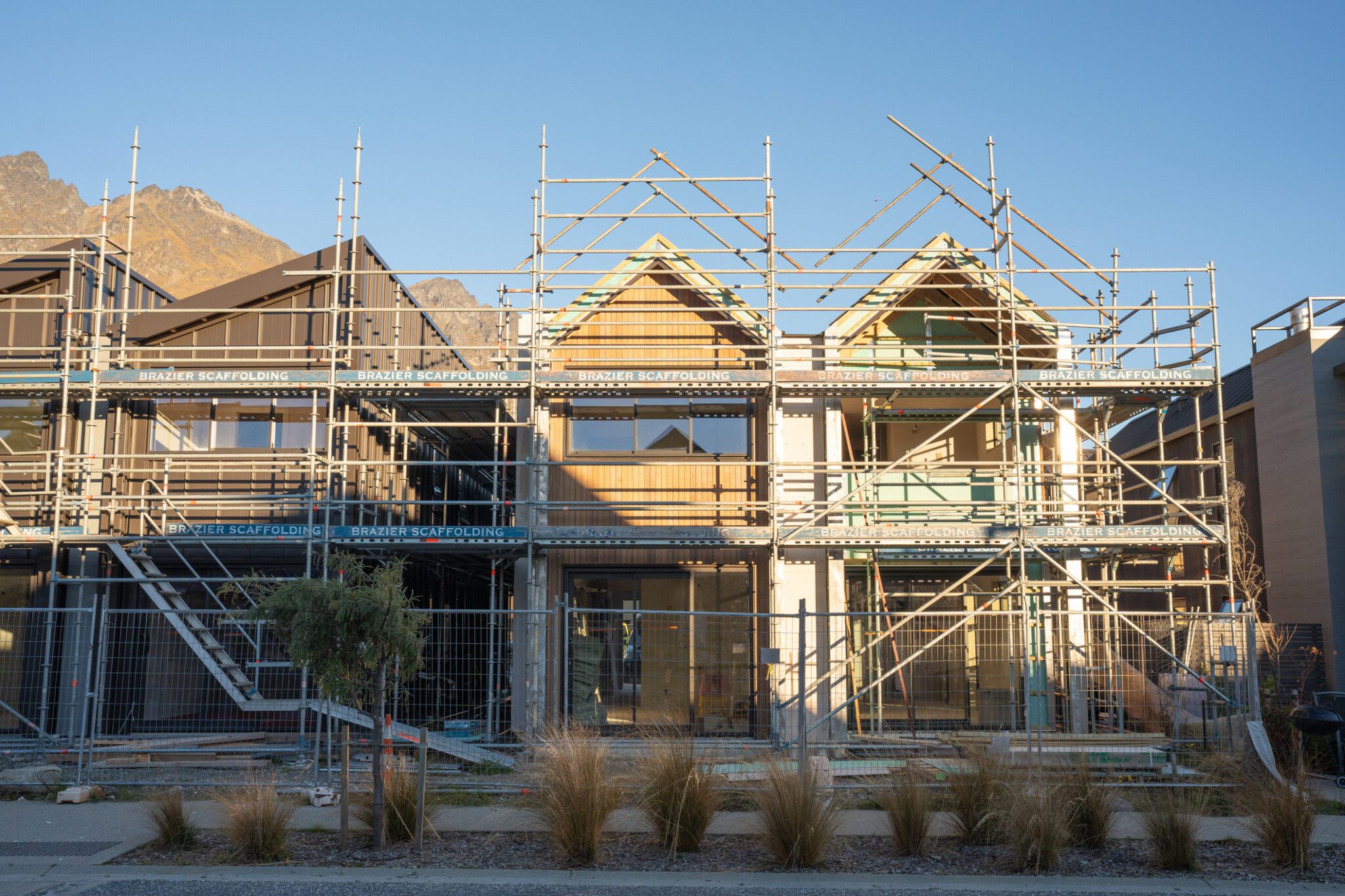Endurance Corporate Capital Ltd v Sartex Quilts & Textiles Ltd [2020] EWCA Civ 308
The English Court of Appeal has provided principles for calculating the measure of indemnity where a building has been destroyed or damaged. The judgment was given by Lord Justice Leggatt, who has extensive experience in dealing with insurance matters.
Background
Sartex carried on business from premises in Rochdale. For the year from 11 November 2010 Sartex insured its buildings, plant and machinery against material damage, which included the following terms:
- Condition 7 provided that the policy would "indemnify the Insured against loss or destruction or damage to Property caused by or arising from" an insured peril.
- The Policy provided that "the basis upon which the amount payable hereunder is to be calculated will be the Reinstatement of the Property lost, destroyed or damaged."
- Special Condition 2 also provided that "No payment beyond the amount which would have been payable in the absence of this condition will be made … until the cost of Reinstatement has actually been incurred."
The building was badly damaged by a fire. It was agreed that the building was capable of repair. Lord Justice Leggatt commented here that, although the principle of constructive total loss did not apply to non-marine insurance, a building should be treated as destroyed and thus a total loss "if there is so little left of it that it is more economic to demolish anything that remains and erect an entirely new structure than it is to rebuild incorporating parts of the original building." Sartex was seriously underinsured and reached a settlement with its brokers, and it then sought to recover the balance of the repair costs from the insurers. The Court of Appeal held that Sartex was entitled to the full sum insured even though at the date of the trial there had been no moves to reinstate the building.
Assessing the loss payable
Turning first to the policy, the Court of Appeal held that in the absence of repairs the effect of Condition 2 was to lay down a measure of indemnity based upon the common law. That measure was based upon the principle that the obligation of insurers who had agreed to provide an indemnity was to ensure that the assured did not suffer the loss insured against under the policy. Accordingly, the insurers were liable in damages as from the date of the fire, and the general object of damages was to put the assured in the same position, so far as could be done with money, as if the breach had not occurred. In the case of a building which, before the occurrence of the insured peril, the owner had intended to continue to inhabit or use for business, the general measure of indemnity was the cost of repair (if repair was possible) or a new building (if repair was not possible). By contrast, if the assured had immediately before the occurrence of the insured peril intended to sell the property, then the measure of indemnity was diminution in value.
The policy in this case was differently worded from, but to much the same effect as, policies commonly found in New Zealand and Australia, under which the assured receives repair costs if repairs are effected, but market value only if repairs are not or cannot be effected.
The key issue became whether the value of the property to the assured was to be assessed immediately before the fire or at the date of trial. The Court of Appeal held that the former date was the correct date. Sartex was entitled to damages at the date of the fire, and what the assured did with the money thereafter was no concern of the insurers. There was only one qualification to that principle, and that arose from the principle of mitigation. An assured was required as at the date of the peril to mitigate the loss, which meant that the assured could not claim for additional unreasonable expenditure. Thus, if the building had particular aesthetic features that were of no value to the assured, a claim for those features could not be made.
Betterment
The Court of Appeal also addressed the vexed question of betterment. Three types of betterment were identified.
- First, where the assured chose to make improvements on reinstatement at extra cost, in which case the additional sum was not recoverable from the insurers: an example would be the installation of insulation and double glazing that was not there previously.
- Secondly, where the assured derived additional incidental benefit from the reinstatement, as where modern materials were used to replace older materials that were less efficient or where a modern machine was bought to replace an old one because a suitable replacement old machine could not be found. In that type of case the benefit was unavoidable and the claimant was entitled to it without deduction for betterment.
- Thirdly, where the claimant derived additional and quantifiable pecuniary benefit from reinstatement, a deduction was to be made for any money that the assured would save as a result of getting a building or property better than the original. Thus if a machine has a working life of 20 years and is destroyed with 8 years of its life remaining, the assured is entitled to 8/20 of the value. Further, the burden of proof was on the insurers and if they failed to demonstrate pecuniary advantage then there would be no deduction.
It should be added that policies generally control the amount recoverable where improvements are effected, by: making express provision for specified types of improvement, eg, where regulations require rebuild to a higher standard; excluding wear and tear and depreciation; and providing new for old cover. None of those issues were raised in Sartex, but the operation of express clauses will in appropriate circumstances modify the principles on betterment laid down by Leggatt LJ.
In the present case Sartex was entitled to recover the full sum. The value of the building to Sartex was its pre-fire condition. There was nothing unreasonable in repairing to its previous condition, as the assured was not seeking to recover for unreasonable expenditure. Finally, there was no deduction for betterment, as there was no evidence of pecuniary benefit being derived by Sartex from the repairs.
Comment
The takeaways from this case are as follows.
- Unless the policy otherwise provides, the assured is entitled to recover the value of the damaged property immediately before the occurrence of the peril. If the assured had a continuing intention to inhabit or use the property, the cost of restoring the property to its pre-peril condition is the measure of loss.
- Unless the policy otherwise provides, the assured is entitled to the full sum even though it is not actually used to repair the building.
- The assured cannot recover for loss not actually suffered, and so the insurers are not liable for aesthetic features of no value to the assured.
- Insurers will only be able to deduct sums for betterment if: (a) the additional features did not form a part of the original property; or (b) the assured would actually make a financial profit from rebuilding.
For further information, please contact a member of our litigation and dispute resolution team.
Disclaimer: the content of this article is general in nature and not intended as a substitute for specific professional advice on any matter and should not be relied upon for that purpose.





